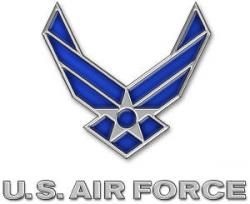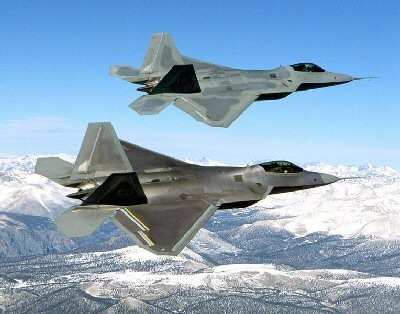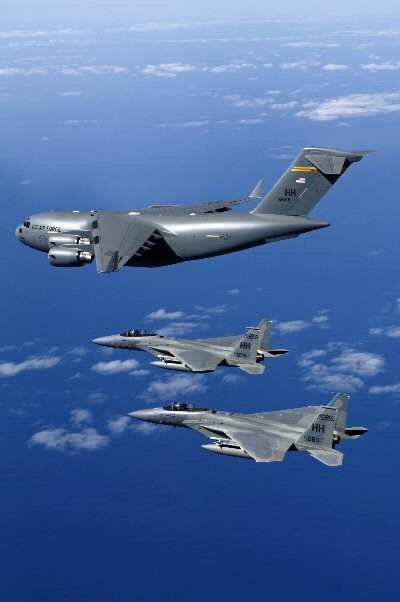Service May Look To Bailouts From Pentagon, Congress
 Like the rest of us, the United
States Air Force is learning it needs to live within its means...
and money really doesn't grow on trees after all.
Like the rest of us, the United
States Air Force is learning it needs to live within its means...
and money really doesn't grow on trees after all.
Over the next six years, the Air Force is looking at a budgetary
shortfall of some $100 billion, according Defense News, forcing it
to look to Congress and the Pentagon to keep some of its major
programs, such as the production of C-17s, going in 2009.
"It is a very bad year for us," one senior Air Force official.
"We feel that we may get something from the Pentagon leadership for
being good kids. The biggest problem is we can't afford everything
that we're trying to do and some things are going to have to slow
down."
The Pentagon was, no doubt, shuddering at the services' draft
2009-2015 budgets submitted to the office of Defense Secretary
Robert Gates. The proposals will be reviewed through the end of
this year and become part of the Bush administration's 2009 defense
spending request to be sent to Congress in February.
"Everyone has got some balancing to do and so do we," an
official said. "We're working on a new bomber, want more F-22s, JSF
(F-35) and new tankers, and we're trying to balance our air
mobility programs. The C-17 and the C-130 lines are hot, and we
need a strategy to integrate them as much as possible."
In 2009, the Air Force's budget will run about $115 billion. It
can afford some individual programs like buying more C-17s or
F-22s, but keeping them in production while trying to keep other
programs going, like developing a new bomber and acquiring new
tankers, is proving to be dicey at best.
Global operations such as the Iraq and Afghanistan wars bear the
brunt of draining resources necessary for modernization, says
Defense News.
The Air Force and Navy are said to have shouldered most of the
responsibility for budget cuts to cover the cost of the wars. Air
Force Gen. Michael "Buzz" Moseley launched a plan in 2005 to retire
several hundred airplanes and cut tens of thousands of personnel to
save money for needed modernization programs.

But any savings realized from that plan and subsequent money
saving efforts have effectively been eaten by the Pentagon, to pay
for wars in Iraq and Afghanistan.
Why are the Navy and Air Force asked to foot the lion's share of
the bill? Defense News reports the Army and Marines are running
higher than the additional spending appropriated by Congress.
"The Air Force has definitely been a major help over the past
few years to ease the burden of the Army and Marines, but you only
have so much money," said a senior Pentagon official. "When you see
the guys in the field, it's hard not to say, 'OK, whatever you
need,' and that's what's happening.

"But we also need to keep our eye on the future, and the Air
Force plays a very important part in a peer context and has
legitimate needs. You have to figure out how you do your job within
the context of the overall national picture.
"The border patrol guys have requirements that are as important
to national security as ours, and it's going to cost $150 billion
to repair our bridges. Where will the money come from?"
 ANN's Daily Aero-Linx (05.02.24)
ANN's Daily Aero-Linx (05.02.24) ANN's Daily Aero-Term (05.02.24): Touchdown Zone Lighting
ANN's Daily Aero-Term (05.02.24): Touchdown Zone Lighting Aero-News: Quote of the Day (05.02.24)
Aero-News: Quote of the Day (05.02.24) ANN FAQ: Contributing To Aero-TV
ANN FAQ: Contributing To Aero-TV NTSB Final Report: Cirrus Design Corp SR20
NTSB Final Report: Cirrus Design Corp SR20





